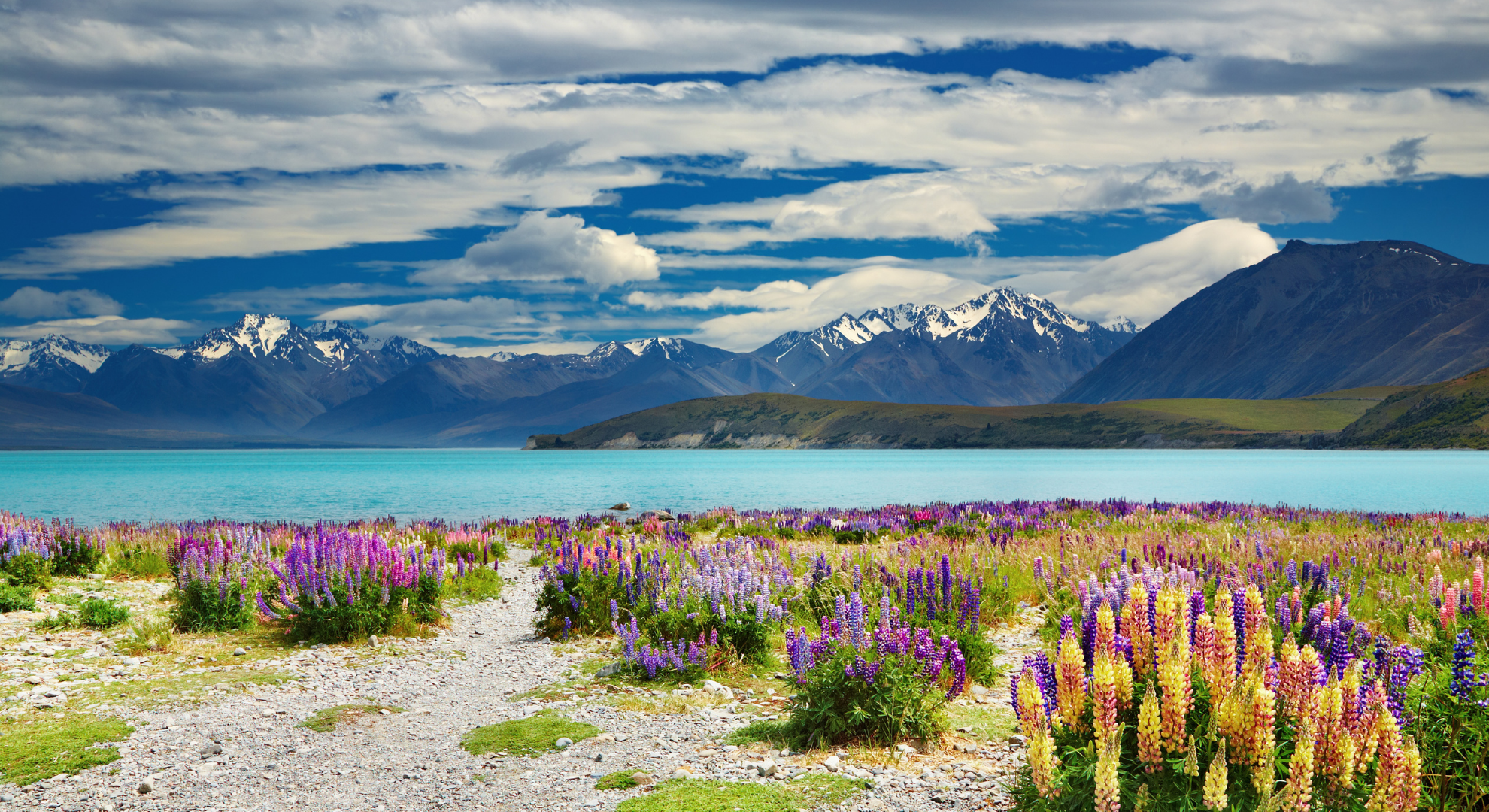High in the South Island’s alpine country lies a lake that, at first glance, looks perfectly ordinary. Its surface reflects the surrounding mountains, trout dart beneath the shallows, and the air smells of pine and cold stone. But if you stand on its shore for long enough, you’ll notice something strange: streams of bubbles, rising from the lakebed no matter the season — and no one knows exactly why.
A mystery in plain sight
Locals say the bubbling has been happening for as long as they can remember. It’s not tied to wind or boat movement, and it doesn’t matter whether the lake is frozen in winter or warm under summer sun — the bubbles keep coming.
The effect is mesmerising. From the bank, you can see clusters of silver spheres spiralling upwards through the water, breaking the surface with soft pops. Some patches bubble steadily all year, while others appear and vanish over weeks.
“It’s like the lake is breathing,” says James, a local fishing guide. “You’ll be out here on a still morning, and suddenly the surface stirs even though there’s no wind at all.”
Possible explanations — but no proof
Over the years, scientists and curious visitors have offered theories:
- Geothermal activity: Heat from underground volcanic systems could release gases.
- Decomposing vegetation: Organic matter breaking down in the lakebed might produce methane.
- Glacial meltwater pockets: Trapped air from ancient ice could be slowly escaping.
- Fault line seepage: The area sits near minor geological faults that may allow gas to escape from deep underground.
Yet despite occasional field studies, no single explanation has been confirmed. Gas samples have been taken, but results are inconsistent — sometimes showing methane, other times mostly nitrogen and oxygen, which deepens the mystery.
The lake’s other secrets
The bubbling isn’t the only unusual feature. Divers report that certain spots on the lakebed are warmer than the surrounding water, and that fine silt there never fully settles. The bubbles also seem to attract schools of fish, though no one is sure why — perhaps the movement stirs up tiny insects or food particles.
Some locals have woven the bubbling into folklore. One Ngāi Tahu story speaks of taniwha — guardian spirits — dwelling beneath the water, their breath rising to the surface. Others half‑jokingly refer to it as “the lake with indigestion.”
Then vs. now
| Feature | Past observations | Today |
|---|---|---|
| Bubble frequency | Consistent, seasonal variation | Year‑round, steady in key spots |
| Scientific explanation | None confirmed | Still debated |
| Local awareness | Mostly among nearby residents | Slowly gaining wider attention |
| Tourist presence | Minimal | Small trickle of curious visitors |
Why it matters
While the bubbling might seem like a harmless curiosity, scientists say understanding it could shed light on climate change, geology, and aquatic ecosystems. If the bubbles are methane, they could contribute to greenhouse gas emissions. If they’re linked to geological faults, they could offer clues about the region’s seismic activity.
But for now, the bubbling remains mostly a local oddity, far from the tourist trails and without official signage. The lack of commercial development around the lake means it retains an air of untouched mystery.
Visiting the lake
Those who make the journey often do so on the advice of friends or locals. The track to the shore winds through native beech forest, opening onto a clear view of the water. On a calm day, the bubbles are easiest to spot — clusters shimmering just beneath the surface, catching the sunlight before breaking free.
“I’ve lived here 40 years and it still gives me goosebumps,” says James. “It’s like the lake’s got a heartbeat.”
